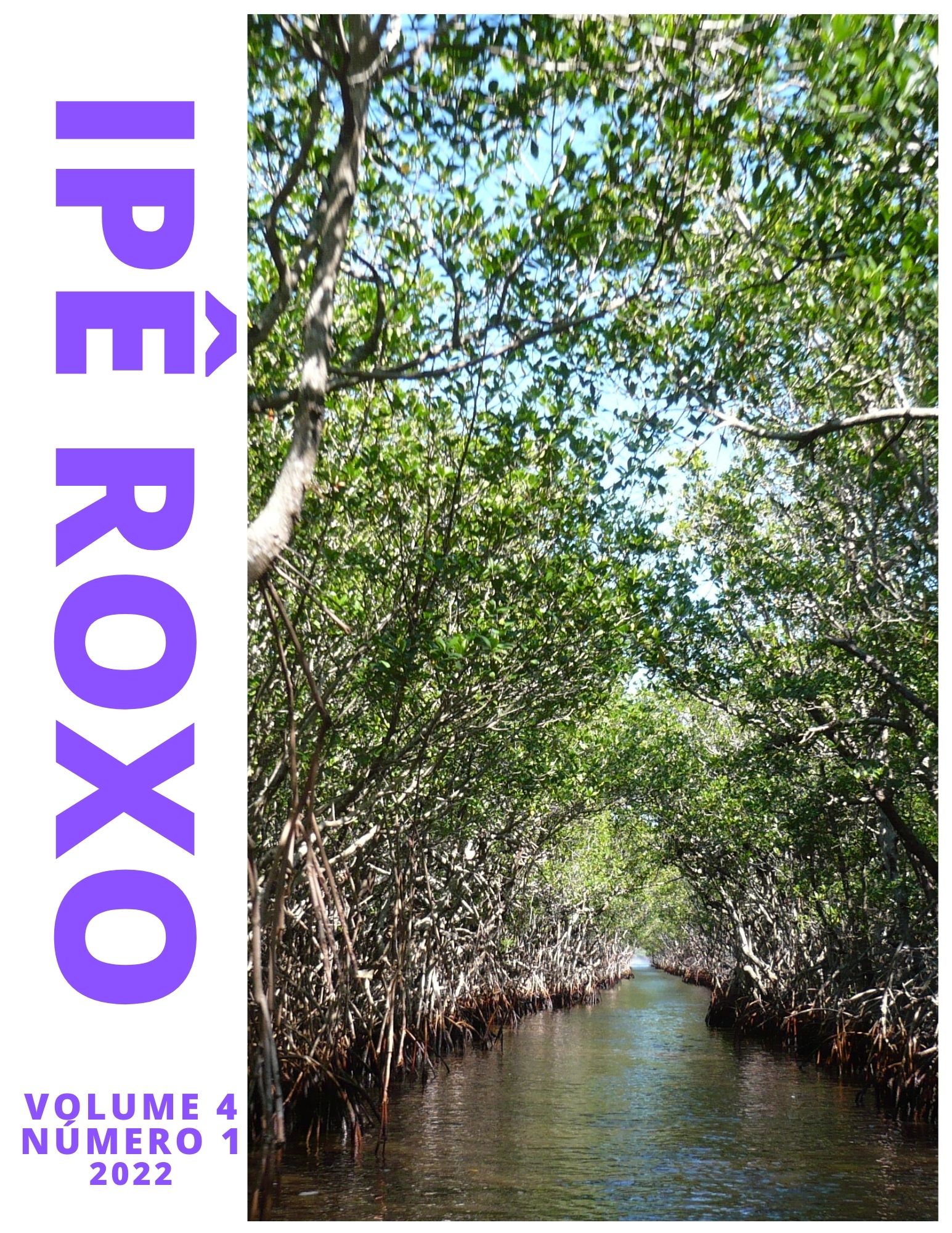The HALLIWICK SWIMMING METHOD
A BIBLIOGRAPHIC REVIEW
DOI:
https://doi.org/10.61389/iproxo.v4i1.7024Keywords:
Special Education, Physical Education, Visual Disability, Method HalliwickAbstract
Swimming is one of the most complete and accessible sports to all kinds of people. The benefits of swimming for the visually impaired are related to social, cognitive, motor and affective development. This article aimed, through a bibliographic review, to analyze the program of the ten points of the Halliwick Method of swimming in children with visual impairment, emphasizing mainly the benefits obtained with this reality established, in the cognitive, affective and motor dimensions of these children in aquatic environment. Water allows people to perform incredible movements that if they were made in the ground would be more difficult and performed by a few, water also provides people with disabilities with numerous benefits such as: reeducation and stimulation of paralyzed muscles, strengthening of the muscles that assists in posture, relieve of pain, strength work without concerns with friction, perceptual-motor intervention, independence in mobility, among others. Thus, the methodological procedures adopted were applied to children from seven to thirteen years of age.
References
ASSOCIAÇÃO BRASIL HALLIWICK. Hallwick. 2010. Disponível em: <http://www.halliwick.com.br/>. Acessado em: 28/06/2021.
ASSOCIATION OF SWIMMING THERAPY (A.S.T). Natação para Deficientes. São Paulo: Manole, 1986.
ASSOCIATION OF SWIMMING THERAPY (A.S.T). Natação para Deficientes. 2ª Ed. São Paulo: Manole, 2000.
BÔSCOLO, E. F. M; VANÍCOLA, M. C; TEIXEIRA, L. Atividades Aquáticas Adaptadas. In: TEIXEIRA, L. Atividade Física Adaptada e Saúde: da teoria à prática. São Paulo: Phorte, 2008.
CAMPION, M. R. Hidroterapia: princípios e prática. Barueri: Manole, 2000. 1 ª edição brasileira.
GARCIA, M. K. Método Halliwick. In: Freitas Júnior, G. C. A Cura pela Água: hidrocinesioterapia – teoria e prática. Rio de Janeiro: Ed. Rio, 2005.
KELSEY, B. Apostila do Curso de Fundamentação do Conceito Halliwick. Halliwick Association of Swimming Therapy. London, 2010.
MICHAELIS. Moderno Dicionário da Língua Portuguesa. Editora Melhoramentos Ltda., 2009. Disponível em: <http://michaelis.uol.com.br/moderno/portugues/in dex.php?lingua=portugues- portugues&palavra=empuxo>. Acessado em: 14/05/2021.
Downloads
Published
How to Cite
Issue
Section
License
Autores que publicam nesta revista concordam com os seguintes termos:
a. autores mantém os direitos autorais e concedem à revista o direito de primeira publicação, com o trabalho licenciado simultaneamente sob uma Licença Creative Commons Attribution [ESPECIFICAR TEMPO AQUI] após a publicação, permitindo o compartilhamento do trabalho com reconhecimento da autoria do trabalho e publicação inicial nesta revista;
b. autores têm autorização para assumir contratos adicionais separadamente, para distribuição não-exclusiva da versão do trabalho publicada nesta revista (ex.: publicar em repositório institucional ou como capítulo de livro), com reconhecimento de autoria e publicação inicial nesta revista;
c. autores têm permissão e são estimulados a publicar e distribuir seu trabalho online (ex.: em repositórios institucionais ou na sua página pessoal) a qualquer ponto antes ou durante o processo editorial, já que isso pode gerar alterações produtivas, bem como aumentar o impacto e a citação do trabalho publicado.

